Following the second World War BMW recommenced car production in 1952 with the introduction of the 501 luxury saloon. The 501 had been announced in 1951 and first appeared with a development of the company's pre-war six-cylinder engine before gaining a performance boost, in the form of a 2.6-litre V8, in 1954. Towards the end of 1955 a 3.2-litre version was introduced and the big saloon's model designation changed to '502'. Clearly, this new state-of-the-art V8 had considerable potential as a sports car engine and Count Albrecht von Goertz was commissioned by BMW to produce two different designs. The more conservative of the two – the 503 – retained the 502 saloon's 2,834mm wheelbase chassis, suspension and centrally mounted, column-change gearbox, while the 507 was built on a much shorter wheelbase. The Series II 503 - introduced in 1957 - used the 507-type engine/transmission arrangement complete with floor-mounted change. The 3.2-litre V8 produced 140bhp, which was good enough for a top speed of 118mph (190km/h). This 503 coupé was registered in the vendor's grandfather's name from 1959 until 1985 when he sold it to his private pilot who in turn registered the vehicle in the name of his wife. In 1986 the pilot's wife sold the BMW back to the vendor's mother, who gave it to the vendor and his siblings. Since then the car has been registered in either the vendor's name or that of his brother. In the mid-1990s the vendor bought-out his siblings' share in the BMW's ownership, but the car remained registered in his brother's name up until a few years ago. The car was repainted soon after its acquisition by the vendor's grandfather in 1959 and again circa 1992 with the same original grey cellulose paint. In 2003/2004 the BMW was completely overhauled mechanically by Henning Wendel, who used to work on the 503 when he was employed at Förenade Bil Malmö in the 1950s and '60s. It is believed that he replaced the fuel pump with a modern one in order to prevent vaporisation, while the vendor has been told that the Dunlop front brakes were fitted in 1959 by his grandfather as he thought the standard brakes were inadequate. Finished in grey with original red leather interior, this beautiful BMW Grand Routier is offered with its original guarantee, owner's handbook, instruction manual, Becker radio manual, workshop manual, Swedish registration papers and a substantial quantity of receipts, etc relating to the renovation work. Après la Seconde Guerre mondiale, BMW reprit la production automobile en 1952 en introduisant la luxueuse berline 501. La 501 annoncée en 1951 apparut d’abord avec une version développée du moteur six cylindres d’avant guerre avant de bénéficier en 1954 d’une augmentation de performance grâce à un nouveau moteur V8 de 2,6 litres. Vers la fin de l’année 1955, une version 3, 2 litres fut introduite et la désignation de la grande berline devint « 502 ». Il était évident que le nouveau et moderne V8 offrait assez de potentiel pour propulser un type de sport et le comte Albrecht von Goertz fut chargé par BMW de produire deux études de style différentes. La plus conservatrice des deux – la 503 – conservait l’empattement de 2,834 mm, les suspensions et le sélecteur de vitesse au volant de la 502, tandis que la 507 recevait un empattement beaucoup plus court. La 503 Série II introduite en 1957 recevait l’ensemble moteur-boîte complet de la 507 avec levier au plancher. La moteur V8 3,2 litres donnait 140 cv garantissant une vitesse de pointe de 190 km/h. Ce coupe 503 fut immatriculé au nom du grand-père du vendeur de 1959 à 1985, date à laquelle il le vendit à son chauffeur qui, à son tour, l’immatricula au nom de son épouse. En 1986, l’épouse revendit la BMW à la mère du vendeur qui la donna au vendeur et à ses autres enfants. Depuis, la voiture a été immatriculée au nom du vendeur ou à celui de son frère. Au milieu des années 1990, le vendeur racheta la part de son frère dans la BMW, mais la voiture resta immatriculée au n
Following the second World War BMW recommenced car production in 1952 with the introduction of the 501 luxury saloon. The 501 had been announced in 1951 and first appeared with a development of the company's pre-war six-cylinder engine before gaining a performance boost, in the form of a 2.6-litre V8, in 1954. Towards the end of 1955 a 3.2-litre version was introduced and the big saloon's model designation changed to '502'. Clearly, this new state-of-the-art V8 had considerable potential as a sports car engine and Count Albrecht von Goertz was commissioned by BMW to produce two different designs. The more conservative of the two – the 503 – retained the 502 saloon's 2,834mm wheelbase chassis, suspension and centrally mounted, column-change gearbox, while the 507 was built on a much shorter wheelbase. The Series II 503 - introduced in 1957 - used the 507-type engine/transmission arrangement complete with floor-mounted change. The 3.2-litre V8 produced 140bhp, which was good enough for a top speed of 118mph (190km/h). This 503 coupé was registered in the vendor's grandfather's name from 1959 until 1985 when he sold it to his private pilot who in turn registered the vehicle in the name of his wife. In 1986 the pilot's wife sold the BMW back to the vendor's mother, who gave it to the vendor and his siblings. Since then the car has been registered in either the vendor's name or that of his brother. In the mid-1990s the vendor bought-out his siblings' share in the BMW's ownership, but the car remained registered in his brother's name up until a few years ago. The car was repainted soon after its acquisition by the vendor's grandfather in 1959 and again circa 1992 with the same original grey cellulose paint. In 2003/2004 the BMW was completely overhauled mechanically by Henning Wendel, who used to work on the 503 when he was employed at Förenade Bil Malmö in the 1950s and '60s. It is believed that he replaced the fuel pump with a modern one in order to prevent vaporisation, while the vendor has been told that the Dunlop front brakes were fitted in 1959 by his grandfather as he thought the standard brakes were inadequate. Finished in grey with original red leather interior, this beautiful BMW Grand Routier is offered with its original guarantee, owner's handbook, instruction manual, Becker radio manual, workshop manual, Swedish registration papers and a substantial quantity of receipts, etc relating to the renovation work. Après la Seconde Guerre mondiale, BMW reprit la production automobile en 1952 en introduisant la luxueuse berline 501. La 501 annoncée en 1951 apparut d’abord avec une version développée du moteur six cylindres d’avant guerre avant de bénéficier en 1954 d’une augmentation de performance grâce à un nouveau moteur V8 de 2,6 litres. Vers la fin de l’année 1955, une version 3, 2 litres fut introduite et la désignation de la grande berline devint « 502 ». Il était évident que le nouveau et moderne V8 offrait assez de potentiel pour propulser un type de sport et le comte Albrecht von Goertz fut chargé par BMW de produire deux études de style différentes. La plus conservatrice des deux – la 503 – conservait l’empattement de 2,834 mm, les suspensions et le sélecteur de vitesse au volant de la 502, tandis que la 507 recevait un empattement beaucoup plus court. La 503 Série II introduite en 1957 recevait l’ensemble moteur-boîte complet de la 507 avec levier au plancher. La moteur V8 3,2 litres donnait 140 cv garantissant une vitesse de pointe de 190 km/h. Ce coupe 503 fut immatriculé au nom du grand-père du vendeur de 1959 à 1985, date à laquelle il le vendit à son chauffeur qui, à son tour, l’immatricula au nom de son épouse. En 1986, l’épouse revendit la BMW à la mère du vendeur qui la donna au vendeur et à ses autres enfants. Depuis, la voiture a été immatriculée au nom du vendeur ou à celui de son frère. Au milieu des années 1990, le vendeur racheta la part de son frère dans la BMW, mais la voiture resta immatriculée au n

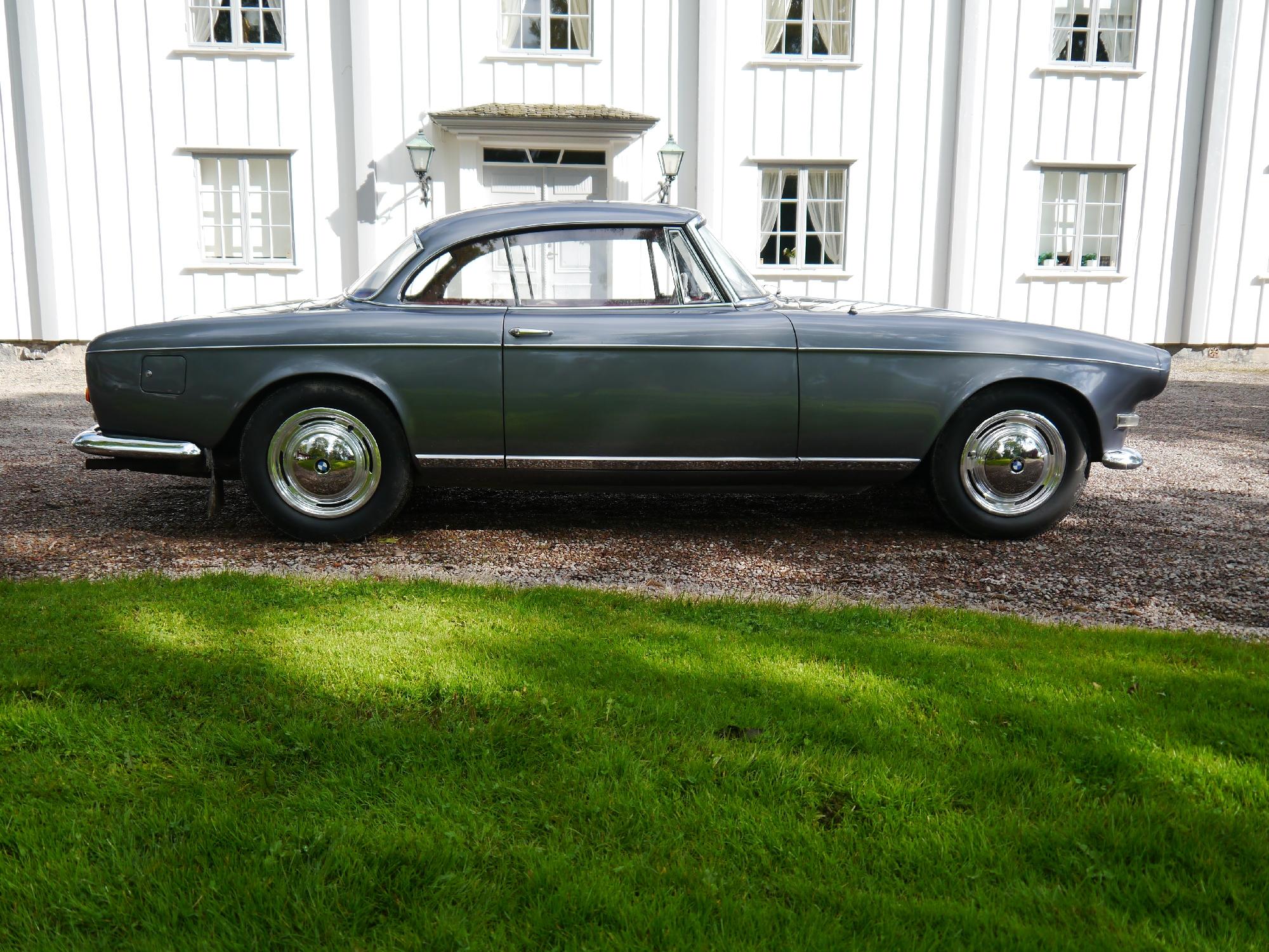





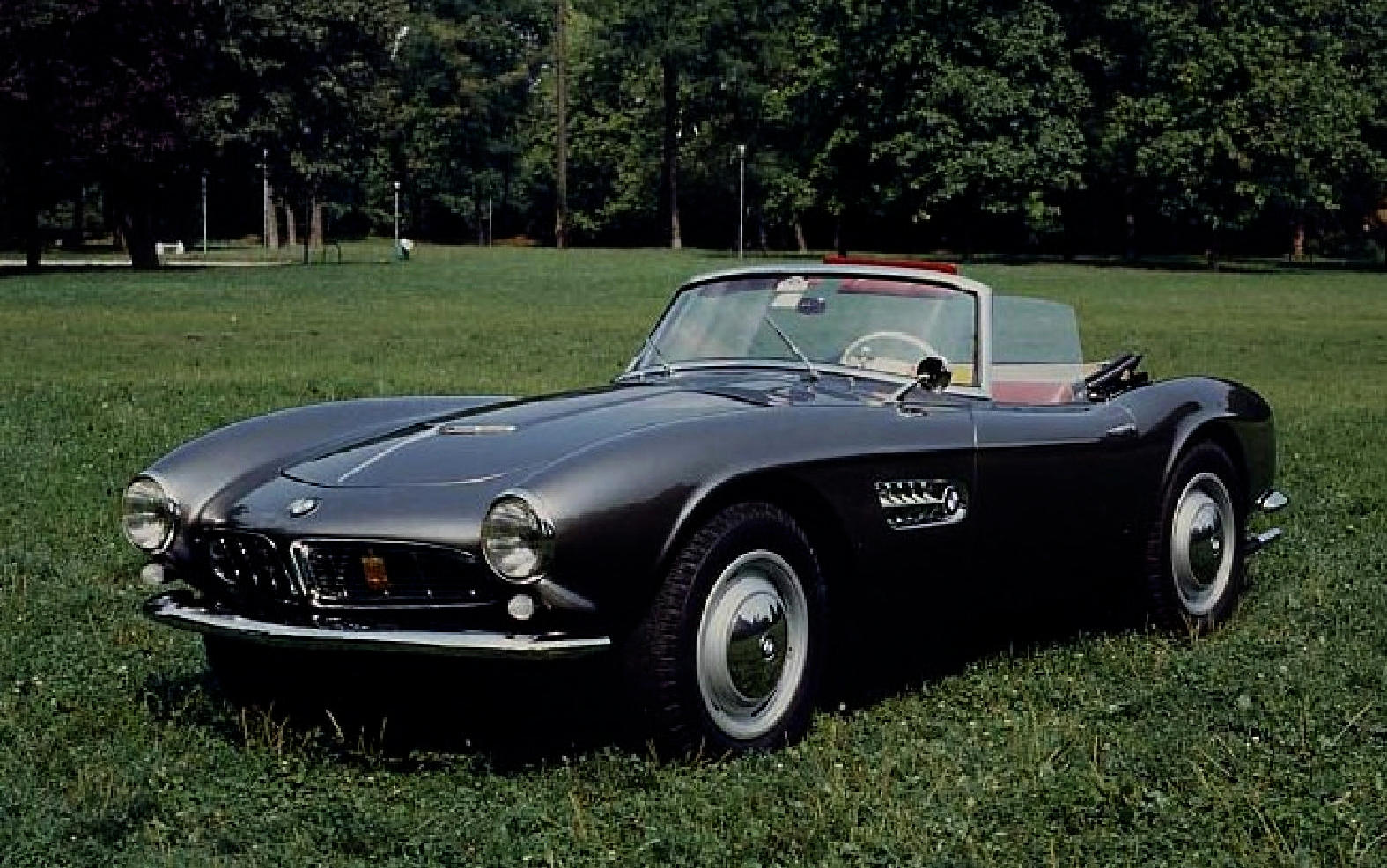
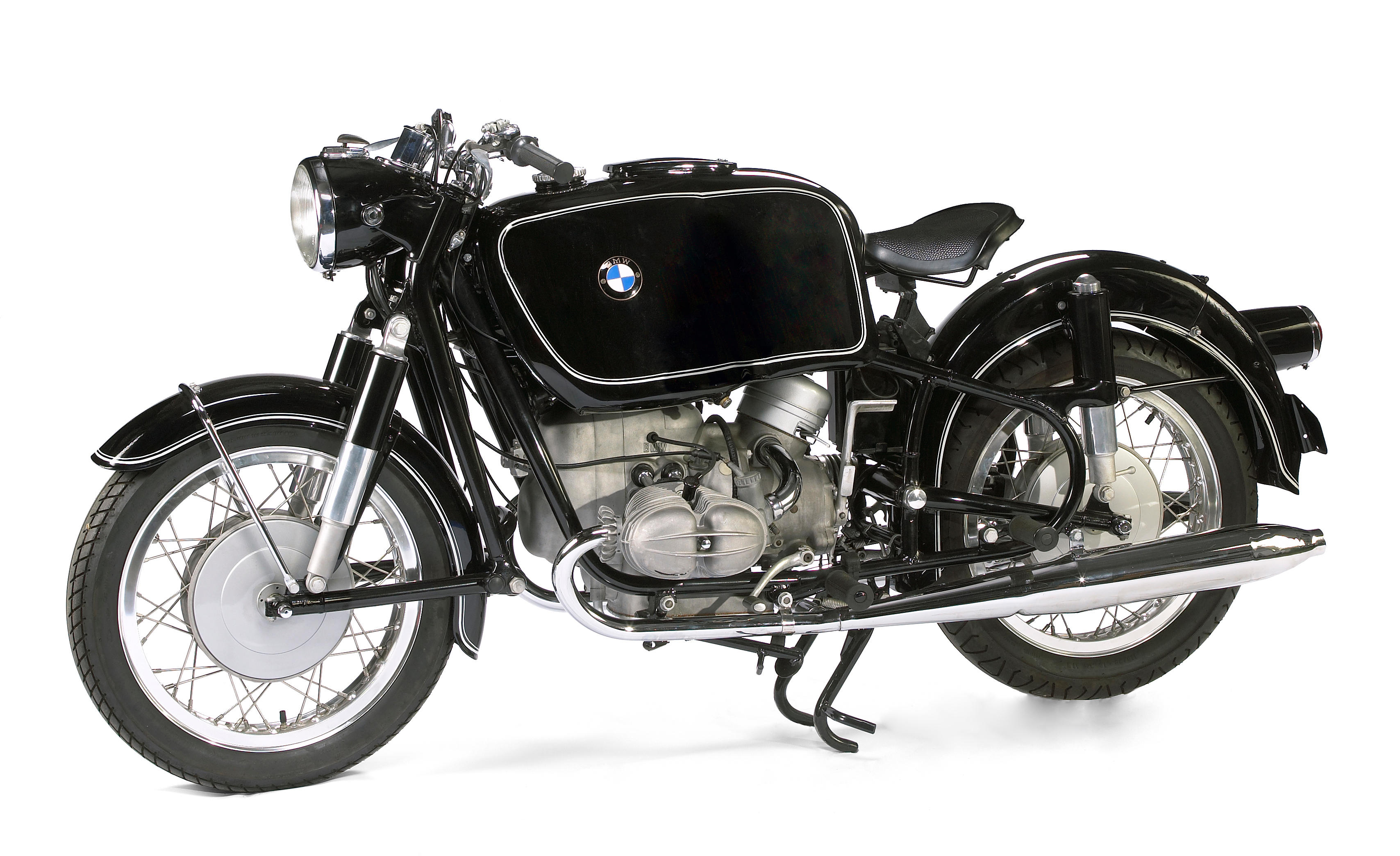
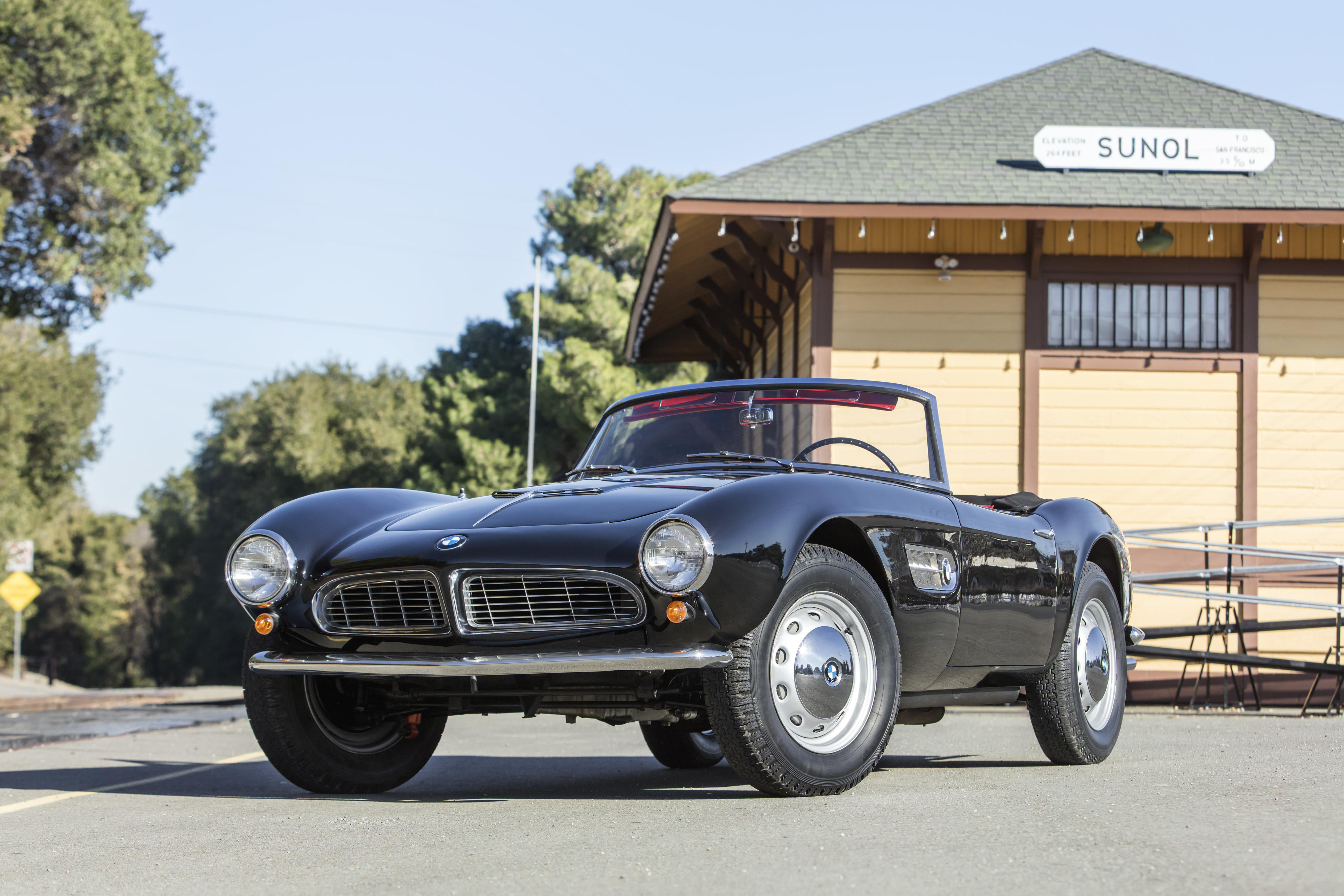


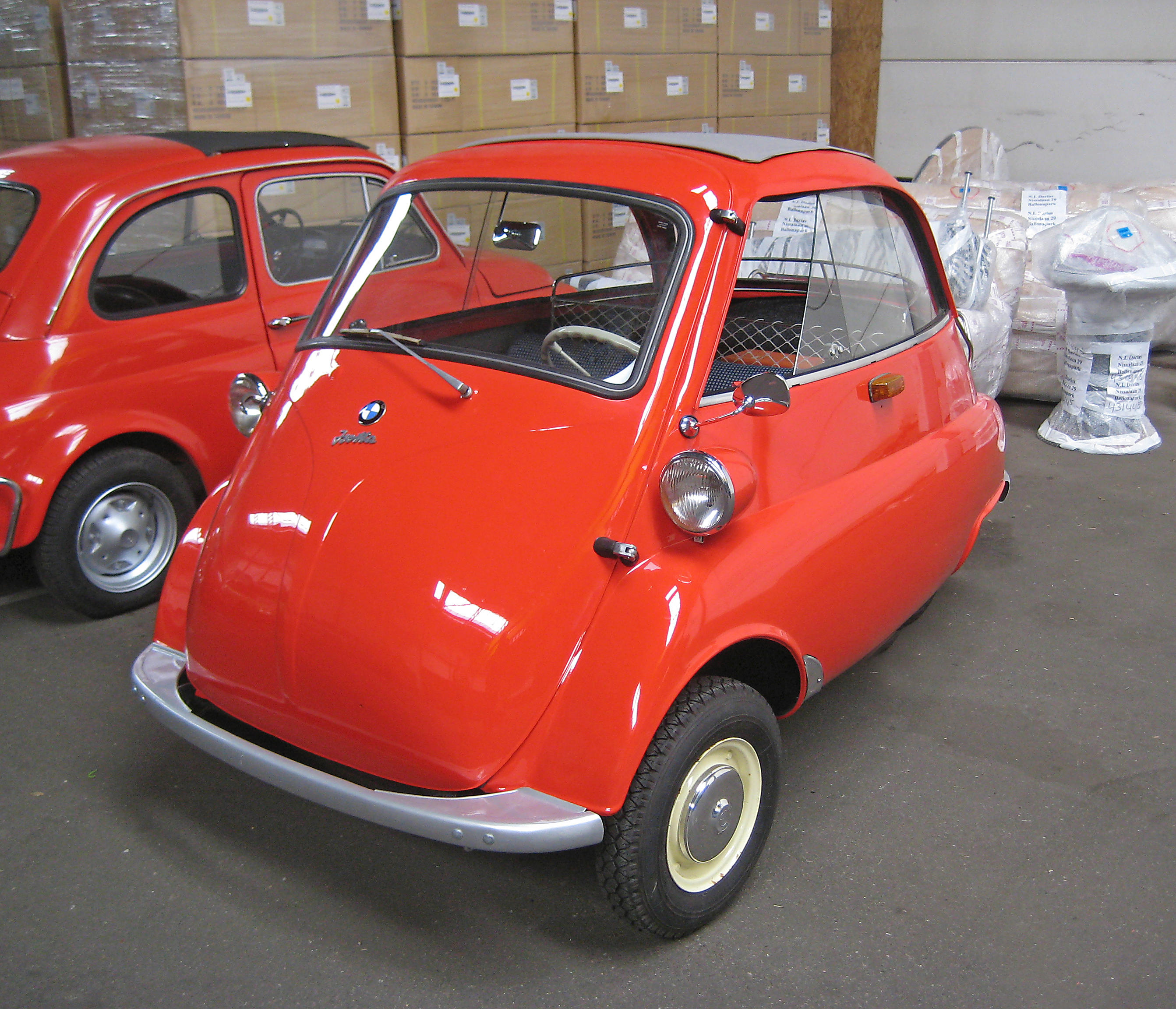
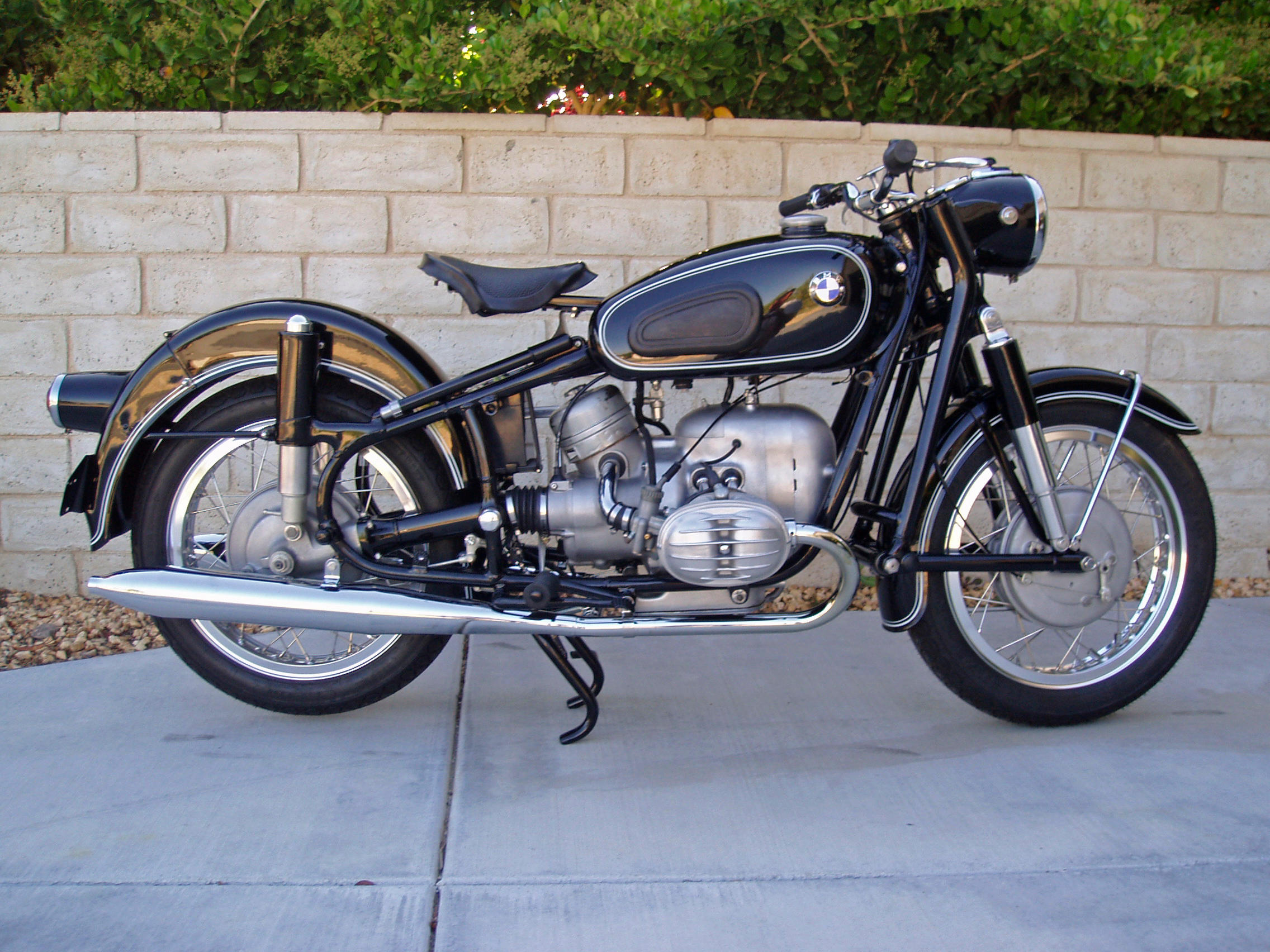
Testen Sie LotSearch und seine Premium-Features 7 Tage - ohne Kosten!
Lassen Sie sich automatisch über neue Objekte in kommenden Auktionen benachrichtigen.
Suchauftrag anlegen